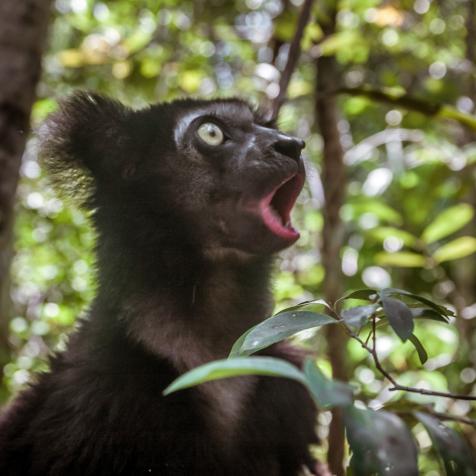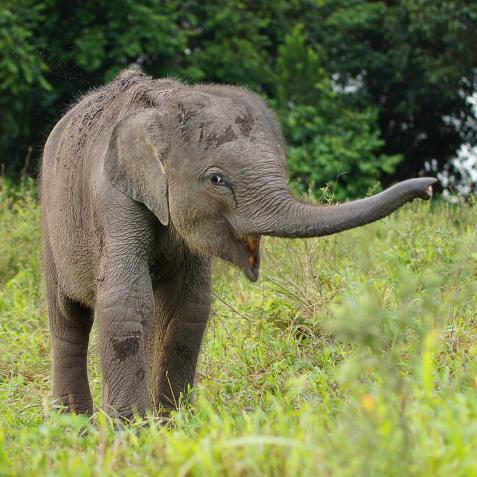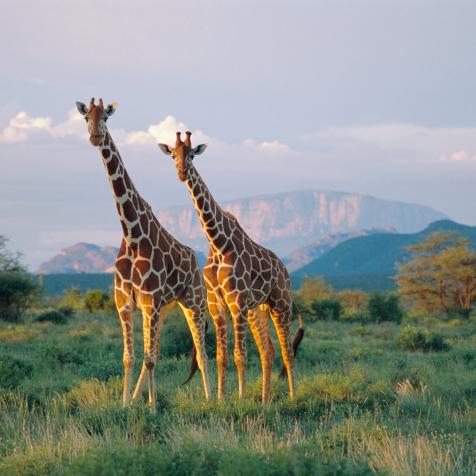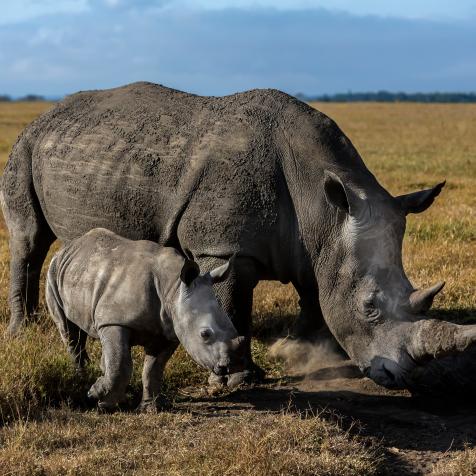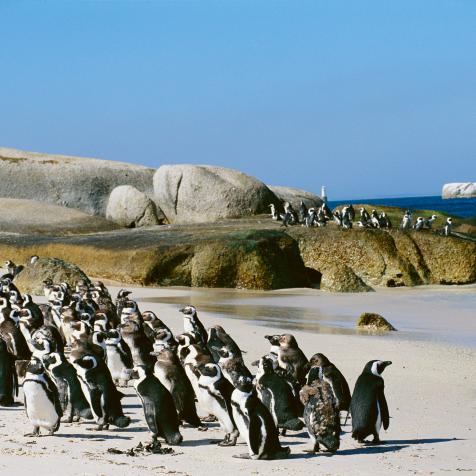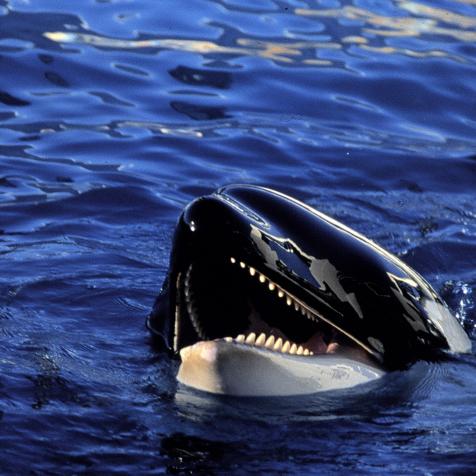
Peter Chadwick
Tuskless Elephants Evolved to Escape Poachers
Unnatural selection: After being targeted by ivory poachers in Mozambique, elephants are being born without tusks at an increasing rate.
More than 20,000 African elephants are illegally killed every year for their ivory tusks, leaving behind the animals’ carcasses in their wake. But ivory hunting can impact more than just elephant numbers– a recent study found that previous overhunting has led to the increase of naturally tuskless elephants in Mozambique. During the Mozambique Civil War from 1977 to 1992, armies hunted so many elephants for their highly profitable ivory tusks that the species evolved in the span of a generation.
In addition to wrecking the natural ecosystem, the war left a scar on local elephant populations. As elephant numbers plummetted, the amount of female African savannah elephants born tuskless rose from just 18% to 51%. (In well-protected areas, tusklessness in elephants is as low as 2%.)
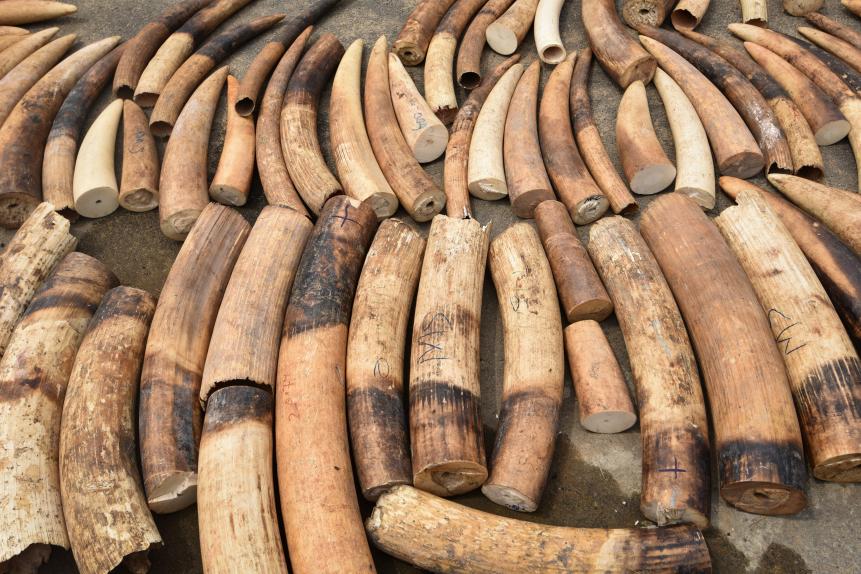
SIA KAMBOU
Seized elephant ivory.
The decades of poaching and constant killing of tusked elephants made being tuskless more advantageous from an evolutionary standpoint in Mozambique’s Gorongosa National Park.
While this mutation may have protected some elephants from ivory hunters, it is not beneficial to the overarching survival and wellbeing of these creatures. Tusks are actually massive teeth deeply rooted in an elephant’s enamel. They have many important functions like digging, lifting objects, gathering food, stripping bark off of trees to eat, and defense– protecting the elephant’s trunk.
“[Tusks are] not just ornamental. They serve a purpose,” says Shane Campbell-Staton, an evolutionary biologist at Princeton University, “If an elephant doesn’t have the tool to do those things, then what happens?”

Peter Chadwick
The tuskless gene mutation is hereditary.
The hereditary trait that causes female elephants to be born without tusks is formed by two tooth genes. In male elephants, the mutation is lethal. Tuskless elephants survived poaching in greater numbers passing down their mutated genes to the next generation– leading to both an increase in female tuskless elephants and a decrease in male elephants overall.
The evolutionary change in the African savannah elephant population is so significant, scientists predict the species will continue to experience its impact for generations to come, even as poaching eases.









